If your kitchen sink is not draining properly after snaking, the first thing you should check is the P-trap. This is the curved pipe located under the sink that is designed to trap debris and prevent it from clogging your pipes. To check the P-trap, place a bucket under it and unscrew the slip nuts on either end of the trap. Once you remove the trap, check for any clogs or buildup. If you find any, clear it out and then reattach the trap. This may be enough to fix the issue and get your sink draining properly again.Check the P-Trap
If the P-trap is not the issue, the next step is to try using a plunger. Fill the sink with enough water to cover the bottom of the plunger and place it over the drain. Use a back-and-forth motion to create suction and hopefully dislodge the clog. If this doesn't work, try using a plunger specifically designed for sinks, which has a smaller suction cup and may be more effective for this type of clog.Use a Plunger
If a plunger doesn't do the trick, it's time to bring out the big guns – a drain snake. This long, flexible tool is designed to reach deep into your pipes and break up any stubborn clogs. Insert the snake into the drain and twist it as you push it in. Once you feel resistance, continue twisting and pushing until the snake breaks through the clog. Then, pull the snake back out and run hot water down the drain to flush out any remaining debris.Try a Drain Snake
If a drain snake doesn't work, you can try using a chemical drain cleaner. These products are designed to dissolve clogs and clear your pipes. However, they can also be harsh and damaging to your pipes, so use them sparingly and follow the instructions carefully. Pour the recommended amount of cleaner down the drain, let it sit for the recommended time, and then flush it out with hot water.Use a Chemical Drain Cleaner
If your kitchen sink has a garbage disposal, it's possible that the clog is actually in there. To check, turn off the power to the disposal and use tongs or pliers to reach in and remove any debris that may be causing the clog. Once the disposal is clear, turn the power back on and run hot water down the drain to flush it out.Check the Garbage Disposal
Many kitchen sinks have an overflow drain, which is a small hole located near the top of the sink. This drain can also become clogged with debris and may be the reason your sink is not draining properly. To clean the overflow drain, use a small brush or toothbrush to scrub away any buildup. Then, run hot water down the drain to flush it out.Clean the Overflow Drain
The vent stack is a pipe that runs from your kitchen sink to the outside of your home. Its purpose is to allow air into your plumbing system, which helps with proper drainage. If the vent stack becomes clogged, it can cause your sink to drain slowly or not at all. To check the vent stack, use a ladder to access the roof and look for any signs of debris or obstructions. If you find any, use a plumbing snake to clear it out.Check the Vent Stack
If none of the above methods work, it may be time to call in a professional plumber. They have the knowledge and tools to properly diagnose and fix any clogs or issues with your kitchen sink. While this may cost more than trying DIY methods, it will save you time and frustration in the long run.Call a Professional Plumber
If you have a wet/dry vacuum, you can also try using it to clear out any clogs in your kitchen sink. Simply place the vacuum hose over the drain and turn it on. The suction may be powerful enough to dislodge the clog and clear your pipes. Just make sure to use the vacuum on the wet setting and not the dry setting to avoid any damage.Use a Wet/Dry Vacuum
If you prefer to use natural or DIY methods, you can make your own drain cleaner using ingredients you likely already have at home. Mix together equal parts baking soda and vinegar and pour it down the drain. Let it sit for at least 30 minutes, then follow it with hot water. The chemical reaction between the baking soda and vinegar can help break up clogs and clear your pipes. Dealing with a kitchen sink that won't drain after snaking can be frustrating, but with these tips, you can hopefully solve the issue on your own. Remember to use caution when using chemicals or tools, and if all else fails, don't hesitate to call a professional for help. A properly functioning kitchen sink is essential for daily tasks, so don't let a clog slow you down.Try a Homemade Drain Cleaner
Kitchen Sink Won't Drain After Snaking: What to Do

Introduction
 Dealing with a clogged kitchen sink is a common household problem that can be both frustrating and inconvenient. You may have tried snaking the drain to no avail, only to find that the sink still won't drain properly. This can be a sign of a deeper issue with your plumbing system. In this article, we'll discuss what to do when your kitchen sink won't drain after snaking and offer some professional tips to help you resolve the issue.
Dealing with a clogged kitchen sink is a common household problem that can be both frustrating and inconvenient. You may have tried snaking the drain to no avail, only to find that the sink still won't drain properly. This can be a sign of a deeper issue with your plumbing system. In this article, we'll discuss what to do when your kitchen sink won't drain after snaking and offer some professional tips to help you resolve the issue.
Understanding the Problem
 Before we dive into potential solutions, it's important to understand why your kitchen sink may still be clogged after snaking. Snaking is a common method used to clear blockages in drains by inserting a long, flexible wire into the pipe to break up and remove any debris. However, if the clog is located further down in the plumbing system, the snake may not be long enough to reach it. Additionally, if the clog is caused by a larger object such as a toy or piece of food, the snake may not be able to remove it entirely.
Before we dive into potential solutions, it's important to understand why your kitchen sink may still be clogged after snaking. Snaking is a common method used to clear blockages in drains by inserting a long, flexible wire into the pipe to break up and remove any debris. However, if the clog is located further down in the plumbing system, the snake may not be long enough to reach it. Additionally, if the clog is caused by a larger object such as a toy or piece of food, the snake may not be able to remove it entirely.
Steps to Take
 If your kitchen sink won't drain after snaking, here are some steps you can take to troubleshoot the issue:
1. Use a Plunger
A plunger can be a simple yet effective tool for clearing clogs in your kitchen sink. Fill the sink partially with water and then place the plunger over the drain. Pump the plunger up and down vigorously to create suction and dislodge the clog. If this doesn't work, try using a plunger specifically designed for sinks, which has a smaller, more focused suction cup.
2. Try a Drain Cleaner
If the clog is caused by a buildup of grease or food particles, a drain cleaner may be able to dissolve it. Look for a product specifically designed for kitchen sinks and follow the instructions carefully. Be mindful that some drain cleaners can be harmful to your plumbing system, so use them sparingly.
3. Use a Plumbing Snake
If snaking on your own didn't work, it may be time to call in a professional plumber. They have specialized tools, such as a motorized plumbing snake, that can reach deeper clogs and remove them more effectively. This method may be more costly, but it can save you time and frustration in the long run.
If your kitchen sink won't drain after snaking, here are some steps you can take to troubleshoot the issue:
1. Use a Plunger
A plunger can be a simple yet effective tool for clearing clogs in your kitchen sink. Fill the sink partially with water and then place the plunger over the drain. Pump the plunger up and down vigorously to create suction and dislodge the clog. If this doesn't work, try using a plunger specifically designed for sinks, which has a smaller, more focused suction cup.
2. Try a Drain Cleaner
If the clog is caused by a buildup of grease or food particles, a drain cleaner may be able to dissolve it. Look for a product specifically designed for kitchen sinks and follow the instructions carefully. Be mindful that some drain cleaners can be harmful to your plumbing system, so use them sparingly.
3. Use a Plumbing Snake
If snaking on your own didn't work, it may be time to call in a professional plumber. They have specialized tools, such as a motorized plumbing snake, that can reach deeper clogs and remove them more effectively. This method may be more costly, but it can save you time and frustration in the long run.
Preventing Future Clogs
 To avoid dealing with a clogged kitchen sink in the future, here are some preventative measures you can take:
- Avoid pouring grease or oil down the drain
- Use a drain cover to catch food scraps
- Run hot water down the drain after every use
- Regularly clean and maintain your plumbing system
To avoid dealing with a clogged kitchen sink in the future, here are some preventative measures you can take:
- Avoid pouring grease or oil down the drain
- Use a drain cover to catch food scraps
- Run hot water down the drain after every use
- Regularly clean and maintain your plumbing system
Conclusion
 A kitchen sink that won't drain after snaking can be a sign of a more significant plumbing issue. By understanding the problem and taking the appropriate steps, you can resolve the issue and prevent it from happening again in the future. If all else fails, don't hesitate to call in a professional plumber for assistance. With proper maintenance and care, your kitchen sink should be draining smoothly in no time.
A kitchen sink that won't drain after snaking can be a sign of a more significant plumbing issue. By understanding the problem and taking the appropriate steps, you can resolve the issue and prevent it from happening again in the future. If all else fails, don't hesitate to call in a professional plumber for assistance. With proper maintenance and care, your kitchen sink should be draining smoothly in no time.
































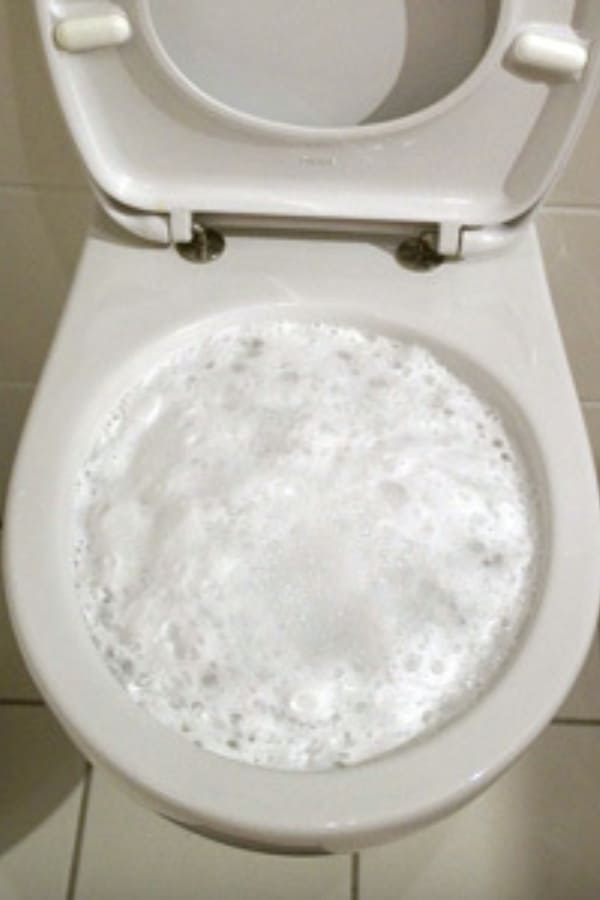





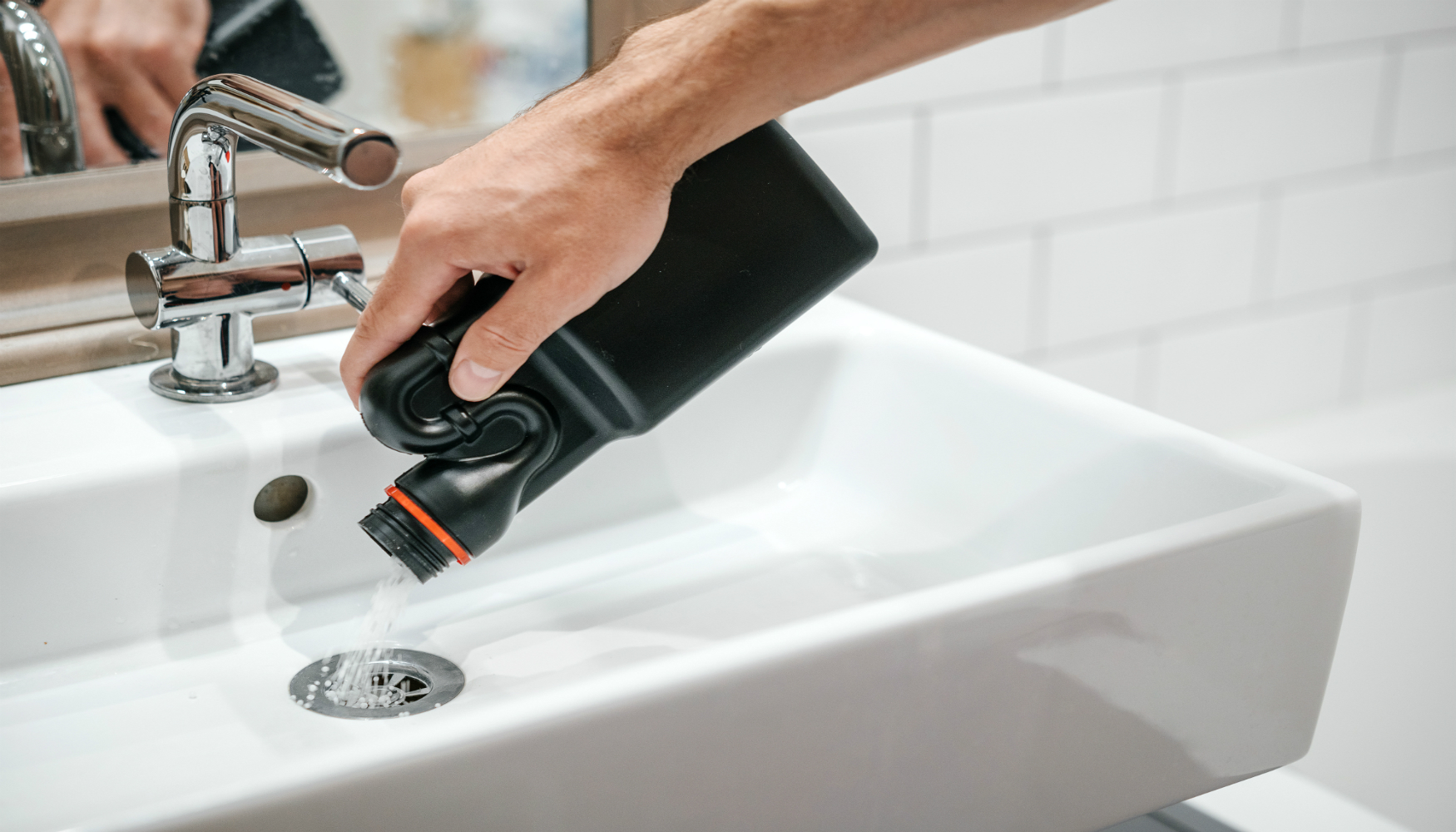






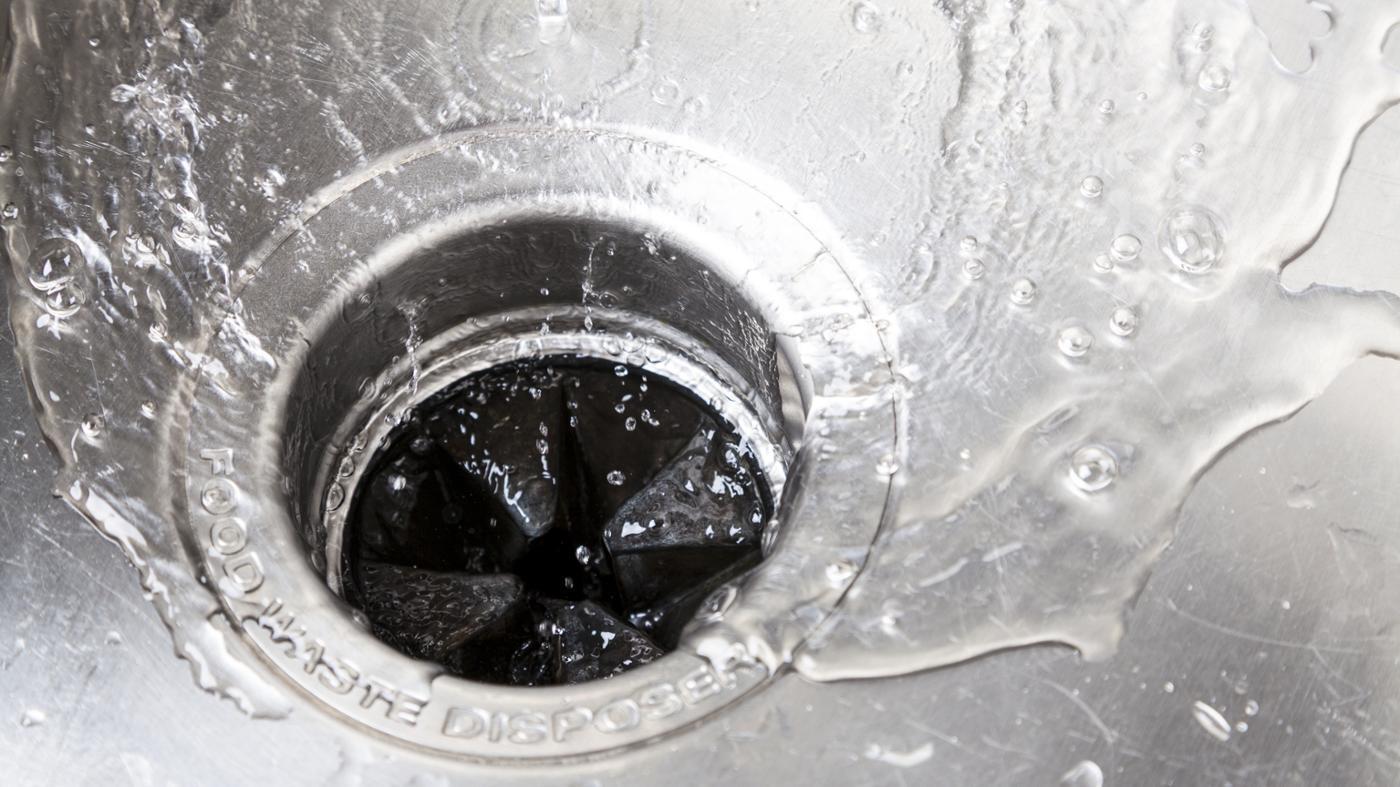





















































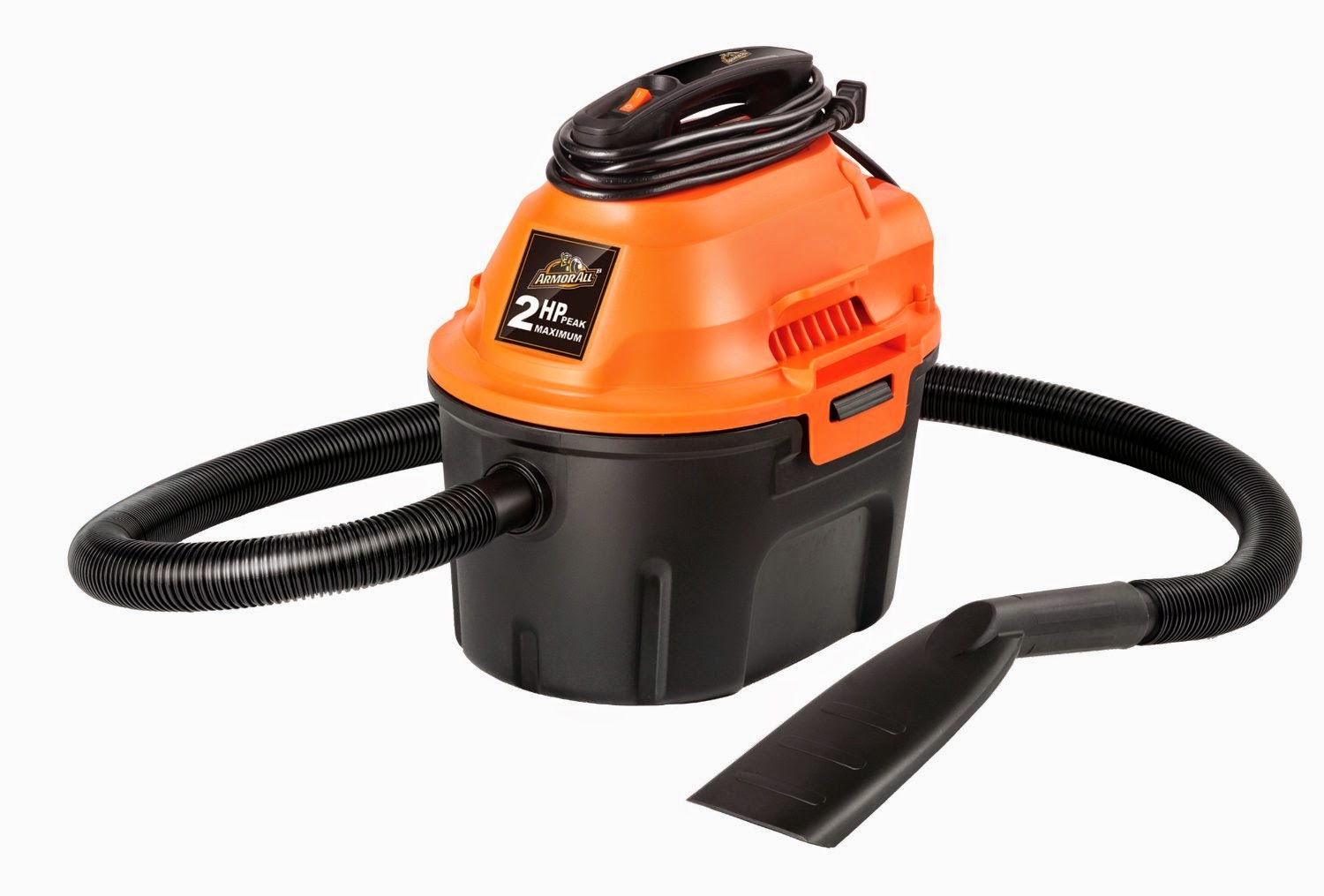



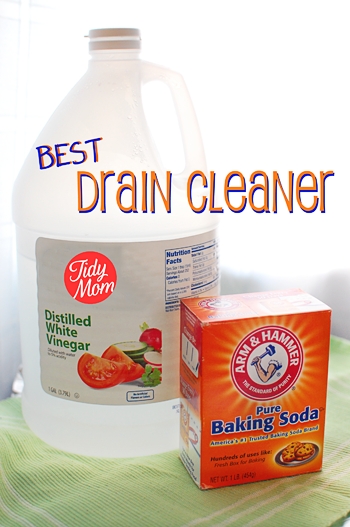





:max_bytes(150000):strip_icc()/homemade-drain-cleaner-2718784_01_1041-09a5264ba2a34698816e62a385f0895f.jpg)







